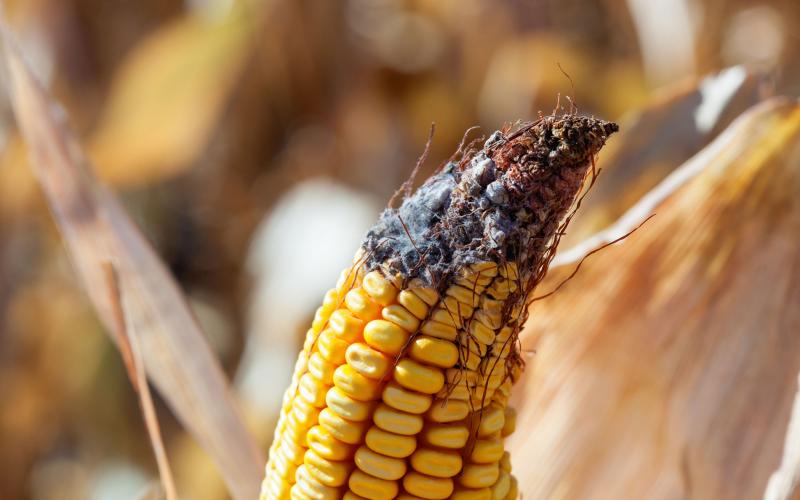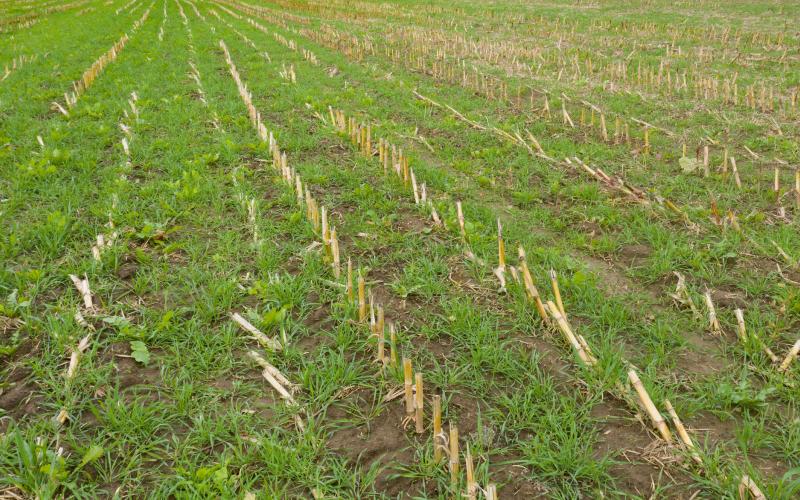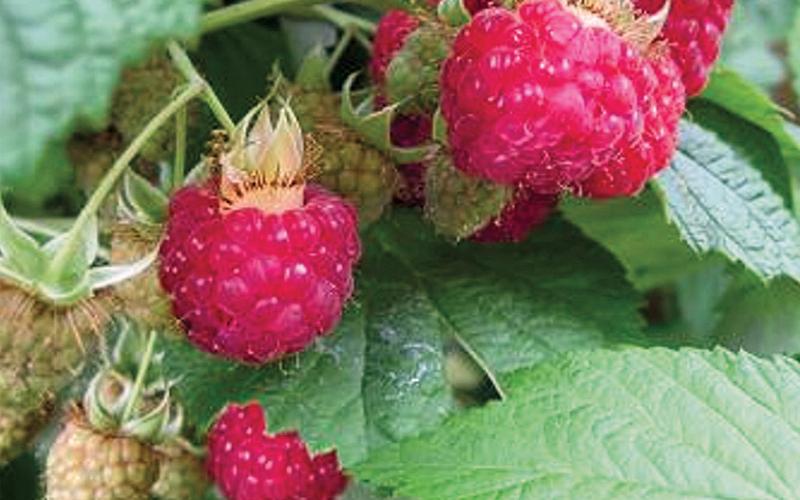Search

Easy Home-Cooked Meals in One-Pot
With changes to the schedules and day-to-day activities of our lives, we may be looking for ways to include the goodness of home-cooked meals for ourselves and our families. One-pot meals can be the answer.

Teaching Math and Science in the Kitchen: 24 Ideas
Children can learn valuable skills in the kitchen: measuring ingredients, following a recipes, and much more. Have you ever considered that these skills double as math and science skills?

Make Your Own Kitchen Cleaning Sanitizer
There are a number of sanitizing products that you can buy at the store, but an inexpensive sanitizing solution can be made at home. You will need unscented liquid chlorine bleach, water and a spray bottle.
South Dakota State 4-H Ambassadors Attend National 4-H Summit on Healthy Living and 4-H Healthy Habits Conference
March 23, 2020
Three South Dakota State 4-H Ambassadors joined other teen leaders from across the country at the 4-H Healthy Habits Conference and National 4-H Summit on Healthy Living to learn how to be advocates for promoting healthy lifestyle choices in their communities.

Microwave Cooking and Safety
As we get busier with work and school activities, it sometimes becomes challenging to have a meal right off the stove. This article will give you some cooking and safety tips for the microwave.

Can Livestock Utilize Moldy Grain?
While livestock producers know that moldy grain and forage are not ideal feedstuffs, they also know that stored feed occasionally contains a small amount of visible mold, and that their animals consume it with no obvious adverse effects. The question arises, how much mold is too much for a feed to be unsuitable for animals?

Utilizing Cover Crops for Grazing: An Assessment on Economic Benefits
Grazing cover crops by cattle provides an option to offset cover crop seed costs and increase farm revenue. To facilitate farmers’ decision making, this article will evaluate the economic profitability from grazing cattle on cover crops using a partial budgeting approach.

Personal Financial Management During a Health Crisis
A health crisis can have both immediate and long-term impacts on our personal financial management. Take these steps to get control of your finances during a health crisis.

Choosing Vegetable Varieties for South Dakota
Fact sheet describing characteristics to look for when selecting a vegetable variety to grow in South Dakota.

Growing Raspberries in South Dakota
Fact sheet describing how to grow raspberries in the home garden: selection, planting, and care.